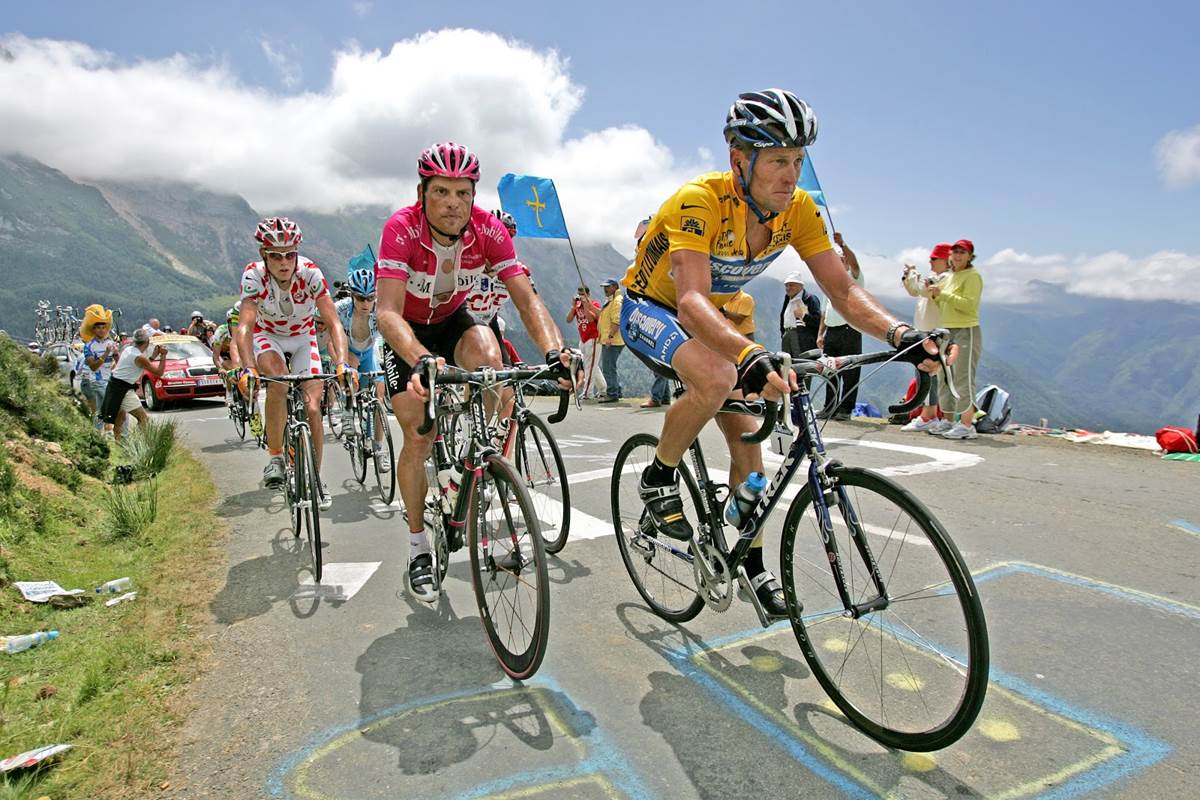The International Documentary Association celebrated the recent ESPN 30 for 30 documentary film Lance with a virtual event with the director, two of the producers, and the editor. The film chronicles the rise and fall of professional bicyclist Lance Armstrong and the controversy around him. This lively conversation included discussions about interviewing Lance, how the project came together, and what was left on the cutting room floor.
Executive Producer Libby Geist has been with 30 for 30 from the beginning. “We focus so much with 30 for 30 on historical topics that inevitably there have been pieces done,” she explained about making films on subjects that have previously been covered. “Those are my favorite 30 for 30’s, you think you know this story but we’re throwing you for a loop a little bit.” ESPN’s secret to success with the series has been to wait until time has passed after a milestone event when the documentary subjects are more likely to open up and be honest. “I think the idea that he was just coming to the edge of the lawsuits… I think that for us meant he really is now looking back,” she shared about the timing of the film coinciding with Lance Armstrong approaching the end of his legal battle. “That chapter is over officially. What is that time like for him now? We hoped he was closing that door and walking into a new phase of his life, which i was really interested in.”
“It was all about timing,” Mike Hughes, another Executive Producer, shared. “The initial concept for it had happened, I had heard him be very honest on a podcast. I think it was a Joe Rogan podcast and for the first time openly he was talking about performance enhancing drugs and the past.” His new openness on the topic seemed like a complete reversal from his famous Oprah interview. “It just felt like at this point it was the right time to do it.” Mike used his connections to get in touch with Lance Armstrong to propose making a new documentary film. “I think he was intrigued by the opportunity to tell the fullness of the story and to really tell the entire scope of it and that’s really what we pitched him. It wasn’t that we’re going to be sympathetic to your point of view or make you look bad, but we will tell the whole story.”
Interviews were conducted over the course of a year with most participants giving just one interview, but Lance Armstrong was interviewed eight separate times. “I made this film about ballerinas and we’d interview them before their workout and they were horrible, but then after their session it was great,” Director Marina Zenovich shared about her request that Lance workout before their interviews to loosen him up. “When people feel like you’re literally in the active sense of listening, they open up. I feel like we just connected and I’m doing whatever I can to open up even more. Usually, I interview someone once and everyone else I interviewed only once, but when you go back repeatedly… it’s just an active thing. You’re going with your gut. You’re connecting eyes.”
“There were so many people that didn’t make the film,” shared Editor Allan Duso. “It was a pretty extensive list of people that we went out and interviewed.” It also took the team a while to get Lance’s family onboard with participating in the film. “The most interesting part for us was Lance’s response to what he’d done in the past. The most fascinating docs walk both lines of allowing the audience to decide what’s right… And by showing both sides and leading with those key events that most people remember, that was the guiding thruline.”
“To me it was really an exploration of a man, a very complicated man and really trying to understand how he became so hated, so loved, so inspiring to people,” Marina shared about her ultimate goal with the film. “What I love about Lance is that he is just so ultimately himself. He just doesn’t give a [darn] and there is something beautiful in that.”

